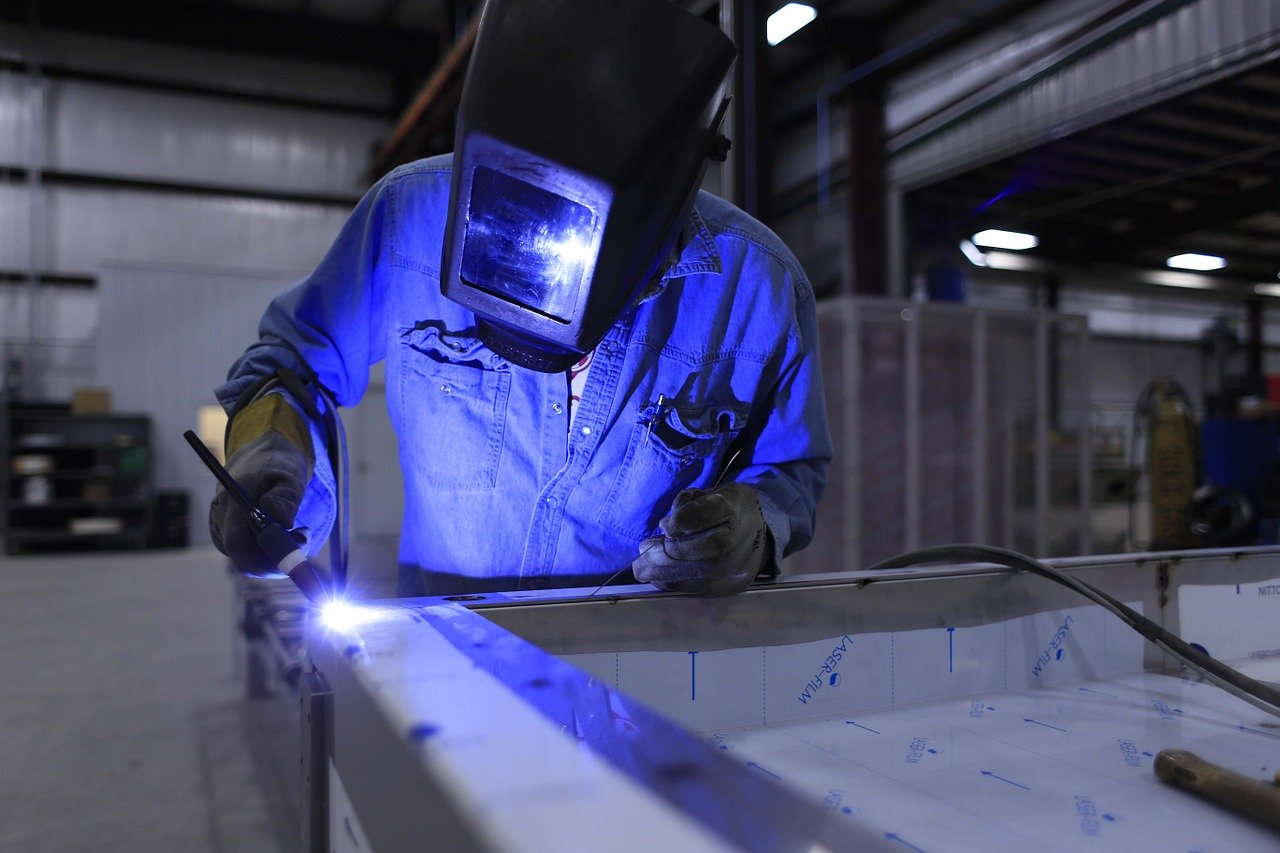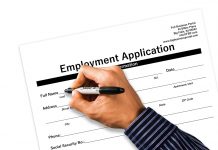
Nonfarm payrolls in US rose by 4.8 million in June while unemployment rate fell to 11.1%, according to the Labor Department.
Economists polled by Dow Jones had been predicting a 2.9 million increase and an unemployment rate of 12.4%.
The record jobs gain was an improvement from the 2.7 million in May, which was altered by 190,000. The June total is considered the largest single-month gain in US history.
“Today’s announcement proves that our economy is roaring back. It’s coming back extremely strong,” President Donald Trump said in a news conference about an hour after the numbers were released. He pointed specifically to a sharp drop in the unemployment for Blacks that fell from 16.8% to 15.4%. “These are historic numbers.”
The figures reflect the activity in different states as they gradually reopen their economies. Wall Street gave a positive reaction to the report, with futures showing a more than 400-point gain at the open.
However, the report does not cover the suspension or rollbacks in places impacted by the resurgence in coronavirus cases.
“The 4.8 million rise in non-farm payrolls in June provides further confirmation that the initial economic rebound has been far faster than we and most others anticipated,” said Michael Pearce, senior U.S. economist at Capital Economics.
“But that still leaves employment 9.6% below its February level and with the spread of the virus accelerating again, we expect the recovery from here will be a lot bumpier and job gains far slower on average," he added.
The US Labor Department explained that in a separate report that new unemployment claims are still up last week. The government received another 1.427 million filings, beyond the estimate of 1.38 million.
“This slowdown is going to have an impact, absolutely. How big is hard to say,” said Steve Blitz, chief U.S. economist at TS Lombard. “There are a lot of unknowns, and it would be silly on the fiscal side to pull back now on stimulus.”
Meanwhile, leisure and hospitality recorded the biggest increase, as the sector reported a 2.1 million gain, which makes up about 40% of the overall growth.
The decline of the unemployment rate is also attributed to a decline in those on temporary layoff. That figure dropped by 4.8 million in June to 10.6 million after a decline of 2.7 million in May.
Meanwhile, the number of permanent job losses also increased by 588,000 to 2.883 million, the highest level in more than six years.
Retail had a slightly positive recovery, with an increase of 740,000. Education and health services soared by 568,000 and manufacturing rose by 356,000.
“Manufacturing looks like it’s ready to take off to a level that it’s never been,” Trump said. “A lot of that has to do with our trade policy, because we’re bringing manufacturing back to our country.”
Personal and laundry services recorded a major win, at 264,000, part of an increase in other services that amounted to 357,000. Professional and business services reported 306,000, construction increased by 158,000, and transportation and warehousing gained a 99,000 increase.
According to Citigroup economists, the job gains suggest that hiring will remain strong, even if June might reach the peak.
“A second consecutive large upside surprise to hiring relative to consensus confirms our view that the reopening rebound would be much more robust than most expected a couple months ago,” Citi economist Andrew Hollenhorst said in a note.
“We are particularly encouraged by the composition of hiring, which shows potential for further large gains in manufacturing, construction, and healthcare jobs, which are relatively insulated from social distancing.”
In addition, average hourly earnings dropped by 1.2% from May as more lower-wage earners went back to jobs but were still high at 5% from a year ago.






